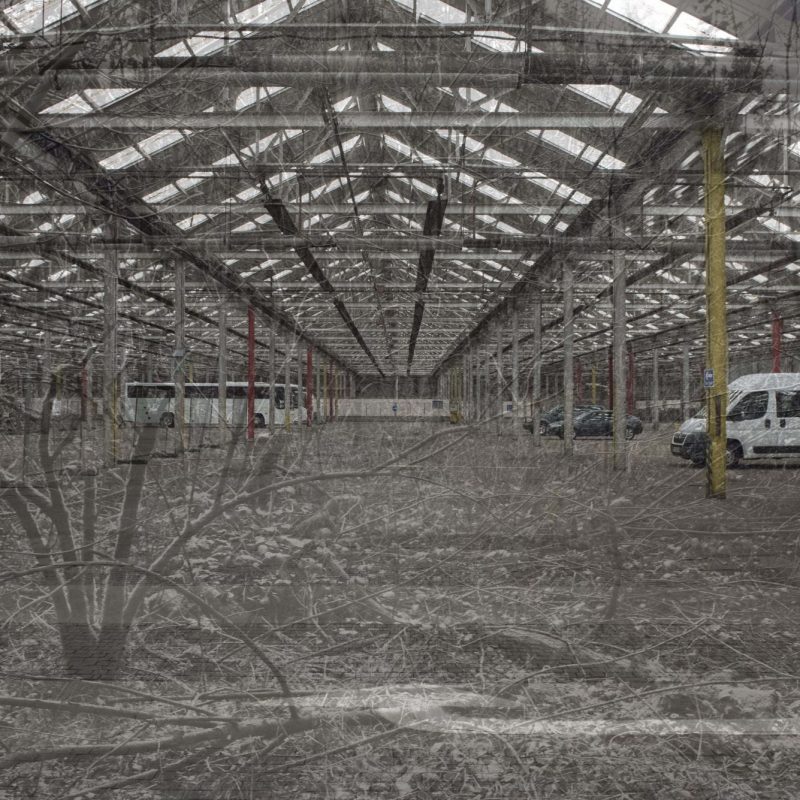Old content
This post is over 3 years old. Some of the content might be out of date. If your after something more up date, check out our latest posts. If you want to find out more about the content on this page, contact us.
Hock had the opportunity to photograph the inside of the former ammunitions factory in Chilwell. Kept top-secret at the time, the factory was the country’s most productive shell filling factory during WWI. In July 1918, 134 people died and 250 were injured in an explosion at the factory. 10,000 people worked in the shell-filling factory, most of them women. They were christened the Canary Girls because the chemicals they handled turned their skin yellow and their hair green.
Because of what was made at the factory, and the need for the continued secrecy of the site, information about the extent of the explosion was kept to a minimum. The facts even falsified by reducing the number of death to be 60. A veil of silence hung over the fact that body parts were found in the surrounding area and that the bodies were buried in a mass grave near by without being named.
In April 2017, Hock photographed and filmed at High Wood in the Somme. The woods were of great importance during the Battle of the Somme. They remain inaccessible to this day. It is believed that at least 8,000 German and British soldiers lost their lives in battles fought in the woodland.
Bodies of dead soldiers were used as shields and covered with earth to build up parapets. A large number were probably killed by shells produced in Chilwell. To this day High Wood remains mainly untouched and many of the dead, Germans and British still rest in the soil of the woodland.
City Arts’ Alison Denholm said:
“By combining images from these two evocative and important places, Kajta has highlighted the tragedy, secrecy and loss experienced by everyone involved in WW1, both at home and abroad. We are delighted to be able to share it.”
City Arts is showing Katja’s film from 4.30pm until 7pm on Sunday 11th November. It will be projected inside the City Arts Dome, currently on Sneinton Market Plaza. It is being shown as part of a series of tributes marking the 100 years since the end of World War 1. On the 17th and 18th November, in partnership with Emergency Exit Arts, City Arts is bringing a 14ft high illuminated Peace Poem to Hucknall, Bulwell and Nottingham. Created by internationally acclaimed poet and artist Robert Montgomery, it celebrates 100th anniversary of peace following the end of WW1. There will also be a programme of events celebrating peace in the City Arts Dome on Sneinton Market Plaza.
